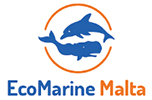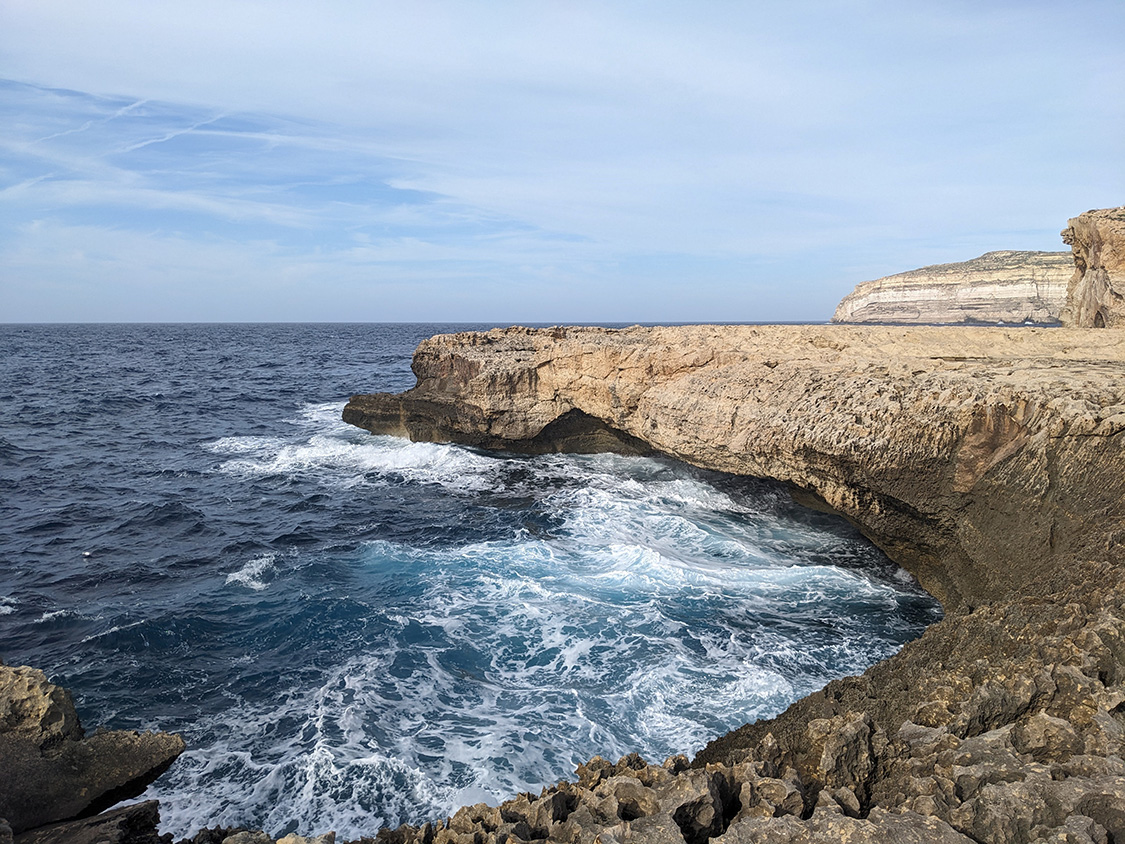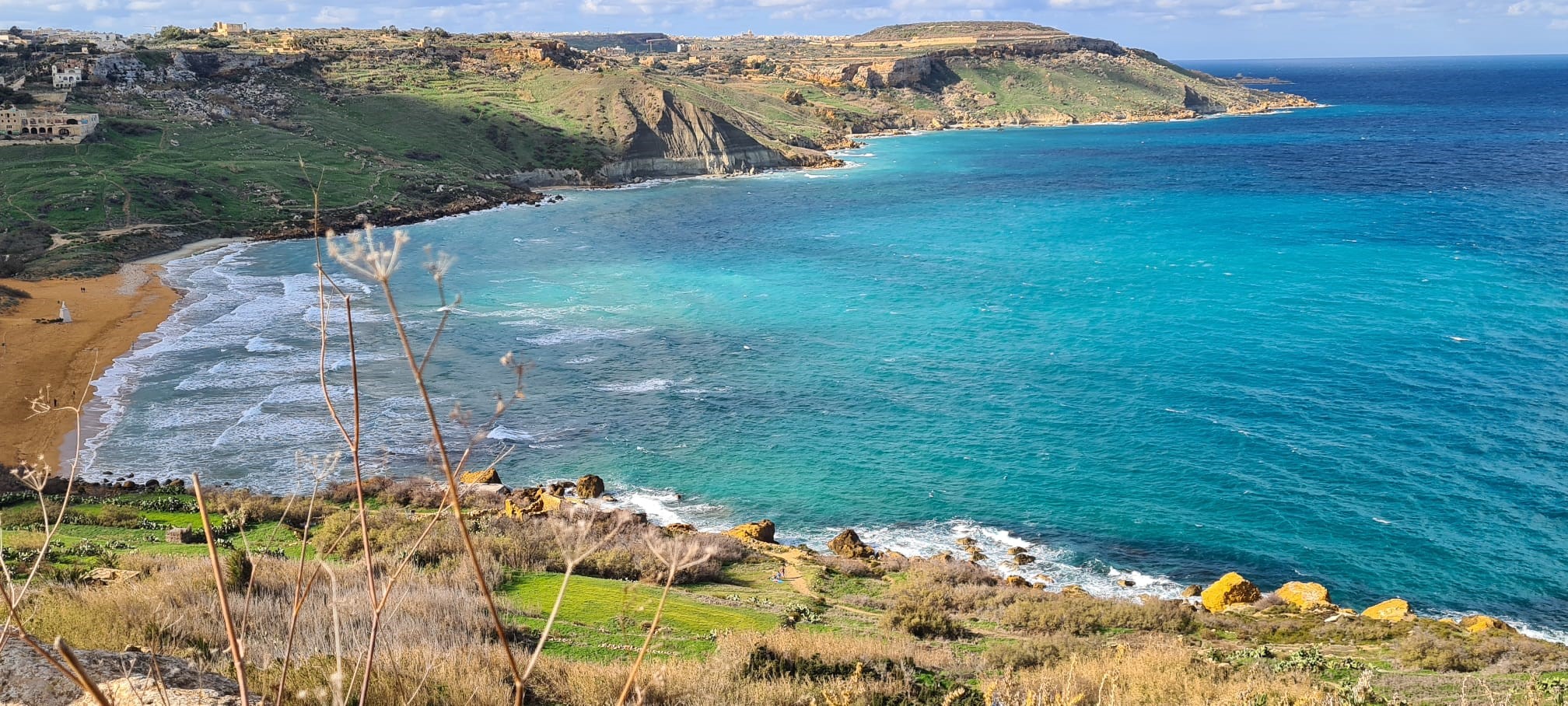
Dive into Malta Marine Protected Areas
What are MPAs and why are they important?
A marine protected area (MPA) is an area within the sea which is designated by a government to limit human activity. MPAs are a key element in safeguarding the ocean habitats, including the protection of biodiversity, enabling/enhancing storm protection, mitigating coastal erosion, providing food security and allowing jobs that support the tourism industry to remain afloat. Contrary to misconception, many MPAs still allow people to use them, albeit in ways that are not damaging to the environment. Some might ban fishing within these protected areas, and some more extreme cases might not allow people to enter the area at all. These restrictions vary from country to country and also within the typology MPAs.
The development of MPAs was born out of the necessity to protect the ocean and all that lives within it from threats posed by humans and human activities. These dangers include overfishing, litter and water pollution, as well as loss of biodiversity due to climate change. These factors are continuously causing a decline in fish and marine mammal populations, along with other sea creatures.
Cover photo credit: Sharon Falzon
Goals of MPAs
The objectives of MPAs may vary from one to another, however, the overarching goal is to protect the marine habitats and the life that they support. As the effects of climate change are becoming more noticeable with increasing ocean temperatures and sea level rise, altered weather patterns, changing currents and ocean acidification, the ocean’s vulnerability has increased. Millions of people’s livelihoods depend on the ocean, yet many remain unaware of the important role it plays in combating climate change. By preserving the ocean’s health and all that lives within it, we advance in the global battle against climate change.
Certain MPAs can be designate to protect a particular species of plant or mammal or sea creature. Others might be used to safeguard reefs or whole ecosystems. On occasion, an MPA may be established to ensure that resources are sustainable – that they will not run out. For example, by limiting overfishing through an MPA, fish are allowed time to reproduce and maintain healthy populations. This in turn allows for people to continue fishing, hence securing a food source and livelihood.
In Malta 4,138km2 have been established as Marine Protected Areas through the Natura 2000 network. This covers approximately 35% of Malta’s Fisheries Management Zone. The Natura 2000 network has two protection categories:
- Special Areas of Conservation – SACs – which aim to protect the marine habitats and species pursuant to the EU Habitats Directive
- Special Protected Areas – SPAs – designated for the protection of seabirds under the EU Birds Directive.
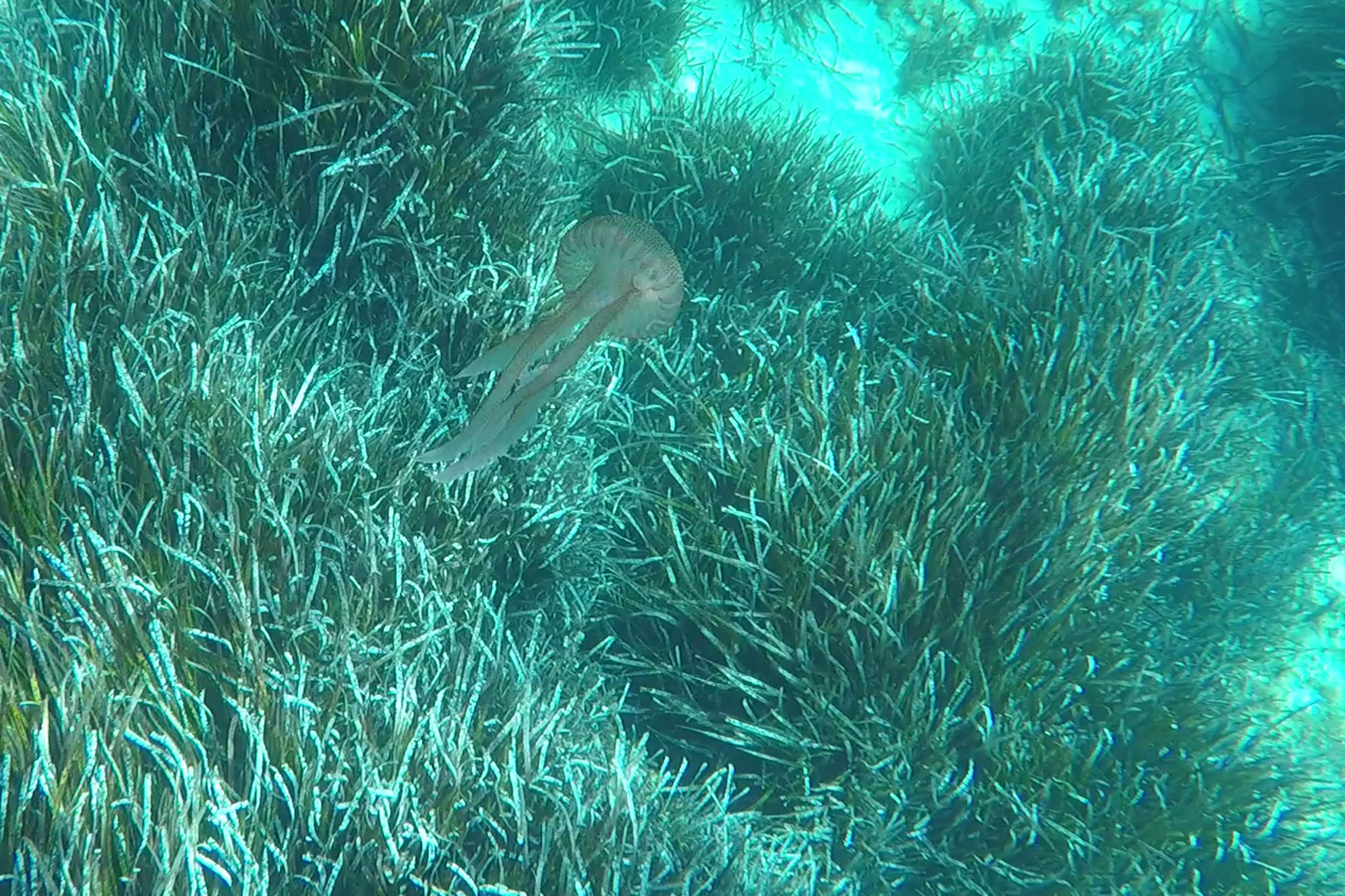
Posidonia oceaica meadows, Malta. Photo credit: Patrizia Patti
Malta’s MPAs also aim to conserve areas of Neptune Seagrass (Posidonia oceanica) which provides an important habitat for coastal biodiversity, as well as acts as a long term storage for atmospheric carbon – this plays a vital role in climate change mitigation. Other species which are protected include the Maltese Topshell (Steromphala nivosa), the loggerhead turtle (Carretta carretta), the bottlenose dolphin (Tursiops truncatus) and three seabirds: the Scopoli’s Shearwater (Calonectris diomedea), the Yelkouan Shearwater (Puffinus yelkouan) and the European Storm Petrel (Hydrobates pelagicus). The Natura 2000 sites and information can be viewed here.
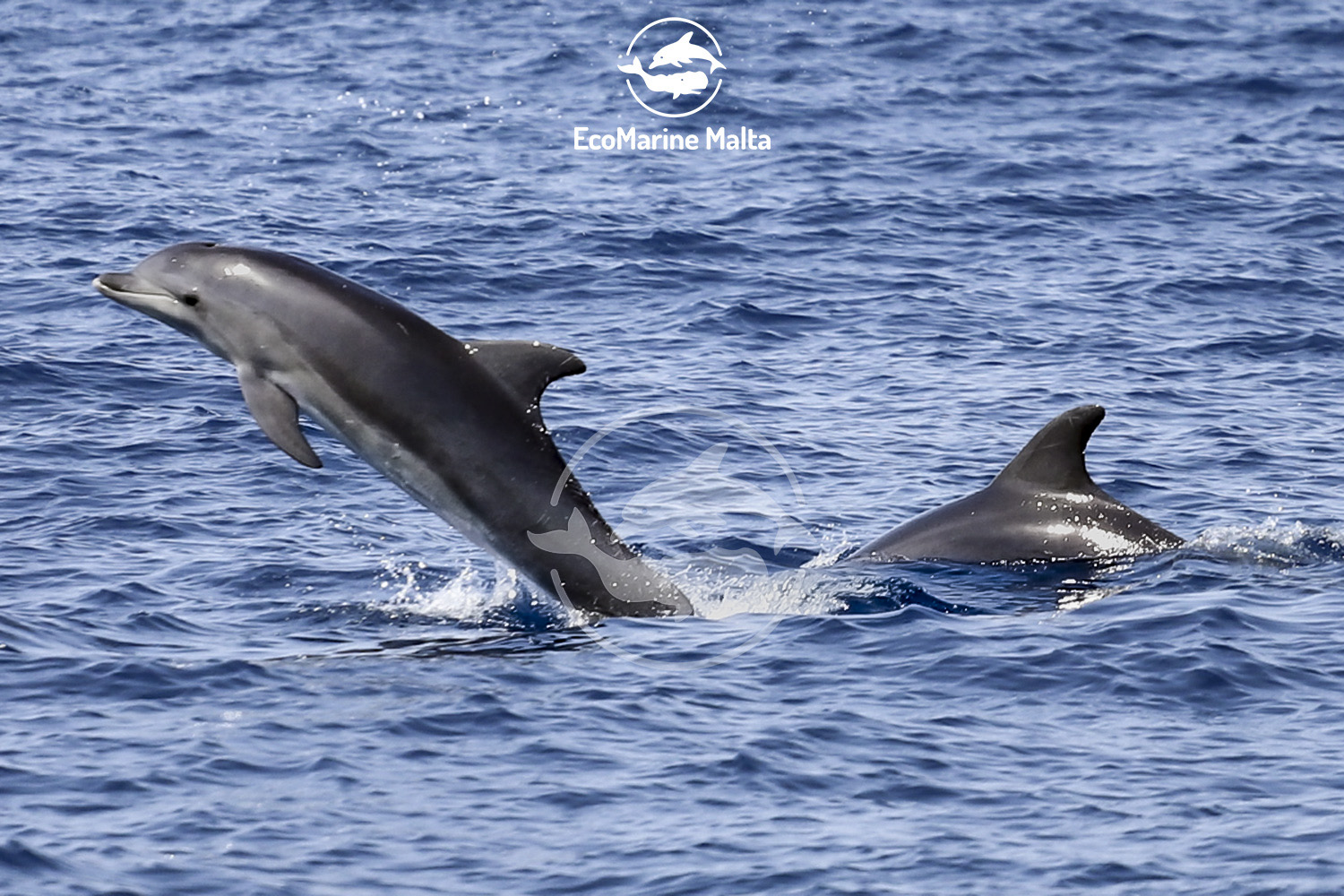
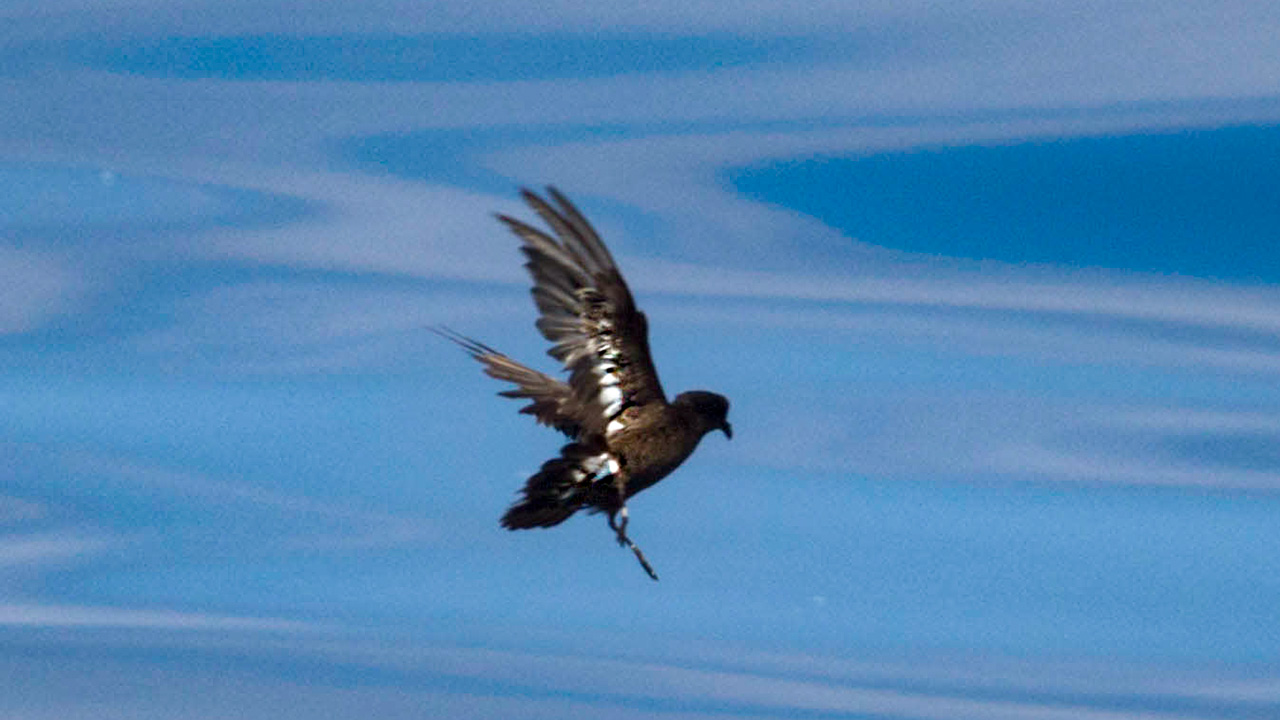
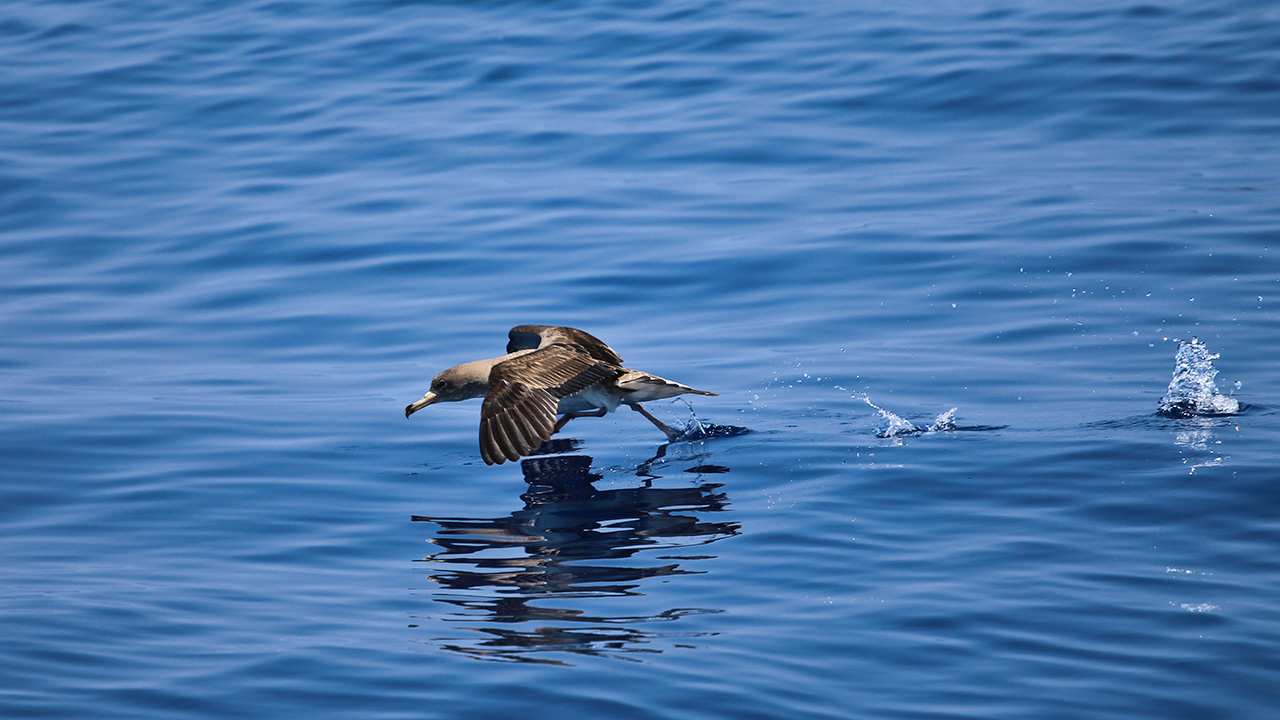
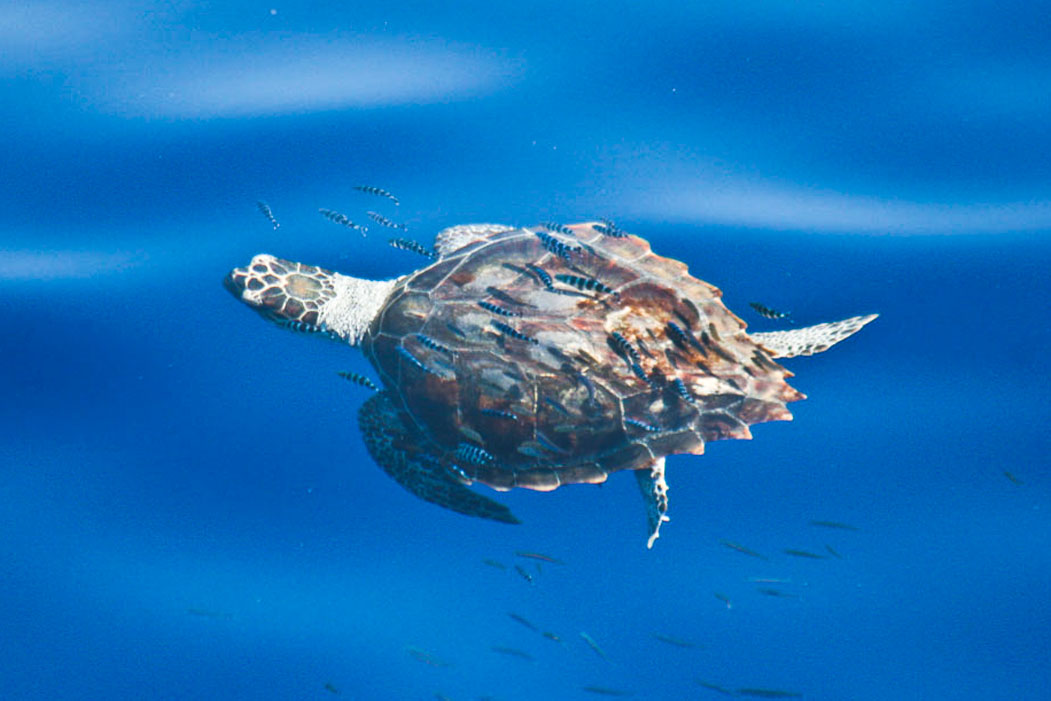
Bottlenose dolphins, Storm petrel, Scopoli’s shearwater & Loggerhead turtle. Malta
Identifying sites that require protection is the first step in designating a MPA. Thanks to projects such as the DelFishPam project which aims to increase knowledge about the use of the east of Malta by Bottlenose dolphin, policymakers can then be informed on how to implement the MPA’s present in that particular area.
Once an area is recognised as being in need of protection due to the concern of biodiversity loss, the need of resource management, or damage being to an ecosystem etc., management and enforcement are key elements that follow which lead to the successful conservation. The effectiveness is also greatly connected to the awareness and involvement of the local community in supporting marine protection and adapting and committing to sustainable solutions on a daily basis.
With the ever-growing awareness of the benefits that MPAs contribute towards the ocean’s health, food security, climate change mitigation and many more, the European Environmental Agency is pushing for more protection of the ocean within its territory, especially within the Mediterranean Sea.
Your contribution
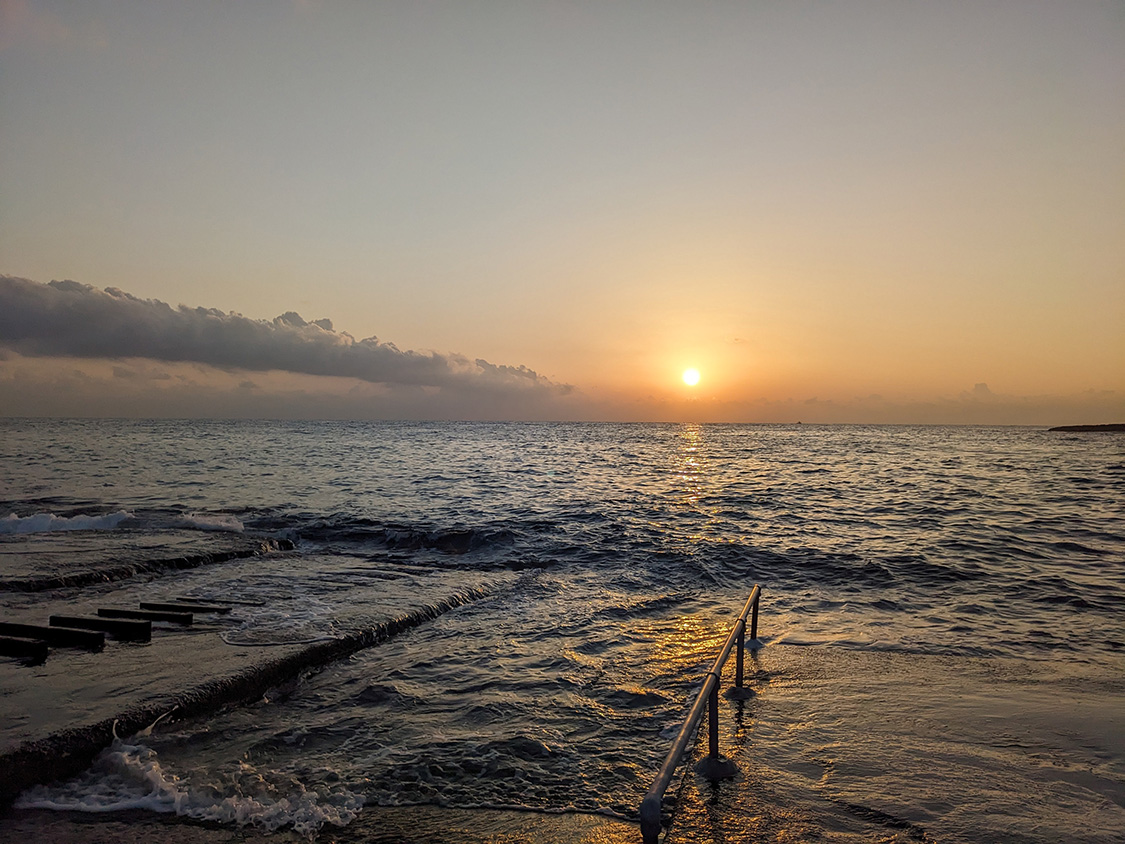
There are many ways in which you can help to make our oceans healthier. It starts by being aware about the national policies and efforts that local organisations do to protect the ocean and all the life that lives within it. Beach clean ups and being mindful of the things that you buy on a daily basis and disposing of items properly, joining an NGO which promotes healthy seas and education, or becoming an ambassador of the sea will also contribute. Get informed and share the knowledge with friends and family. Do your part to help us have healthy oceans.
Some link to learn more
Environment Resource Authority, Malta
Sharon Falzon for EcoMarine Malta
